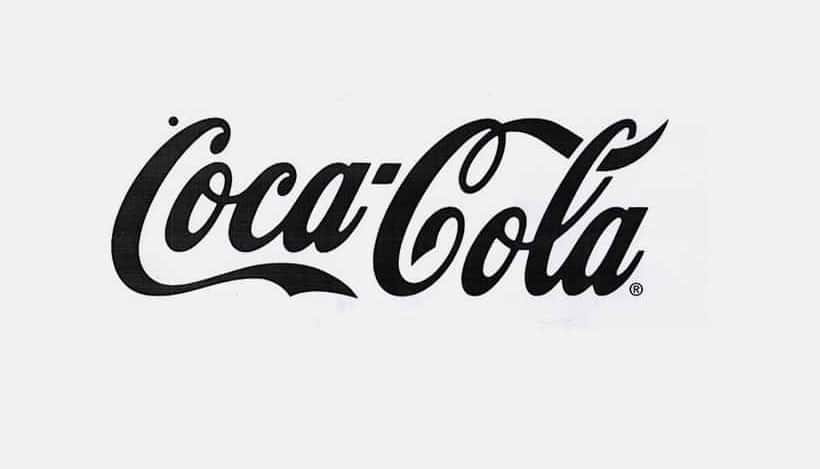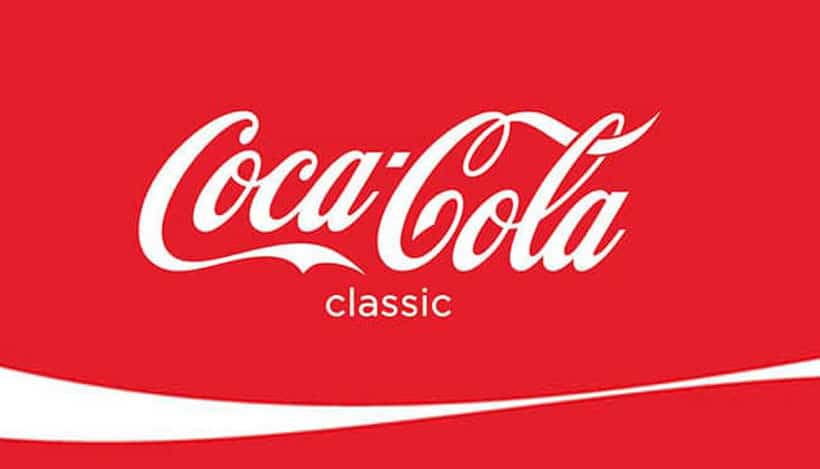In marketing and business, ‘brand’ and ‘identity’ are often used interchangeably. However, understanding their distinct roles and how they complement each other is crucial for any organisation aiming to establish a strong presence in their market.
Jeff Bezos, the founder of Amazon, once encapsulated the essence of branding with his insightful remark, “Your brand is what people say about you when you’re not in the room.” This quote beautifully highlights the intangible nature of a brand, emphasising that it’s not just about what your company presents to the public but how you are perceived and remembered by your audience.
What is a brand?
A brand extends beyond mere visual symbols or products. It encompasses the emotions, perceptions, and overall reputation people associate with a company or product. It’s less to do with your logo and the colours on your website and more to do with how quickly you answer the phone.
Customers’ gut feeling about your business is influenced by their experiences, interactions, and communications with and about your company. Your brand represents the promises you make to your customers and the expectations they have when engaging with your products or services.
It’s a complex mix of intangible elements that define how your company is perceived in the minds of your audience.
What is identity?
Identity, on the other hand, is more tangible. It’s a brand’s visual and verbal expression, encompassing the logos, colour schemes, typography, and tone of voice used to communicate the brand’s essence to the world.
Identity is how a brand manifests itself visually and linguistically. It’s is critical in making a brand recognisable and relatable to its target audience, creating a cohesive experience across all contact points.
Consistency and repetition are key elements in your identity. It’s estimated the average UK consumer is exposed to over 1,000 marketing messages per day. You have serious competition for your target audience’s attention.
Changing your identity every 3 or 5 years is a bad idea. You throw away any good will associated with your logo and other elements. That’s why strong brands remain consistent with very subtle changes over time – see how the Coca Cola logo has changed little since 1887.



The synergy between brand and identity
While a brand is a company’s emotional and perceptual essence, identity is the means through which this essence is communicated. The relationship between the two is symbiotic.
A well-crafted identity serves as the vehicle for a brand’s message, enabling it to resonate with and become memorable to its intended audience. Conversely, a brand’s strength can elevate its identity, making even simple logos or colour schemes iconic because of what they represent.
Creating a successful brand requires profoundly understanding your target audience’s needs, desires, and perceptions. This understanding informs the development of a brand strategy that defines what your brand stands for, its promises to customers, and how it differentiates itself from competitors.
The identity is then designed to visually and verbally embody these elements. It ensures that every interaction with the brand reinforces its overall message and values.
Summary of brand and identity
Jeff Bezos’s quote underscores the significance of perception in branding. It’s a powerful reminder that a brand lives in the hearts and minds of consumers. It’s shaped by their experiences and the stories they tell about you. This is why the synergy between brand and identity is so crucial.
While your identity helps to express and communicate your brand’s essence, the strength of your brand – the emotional connections and perceptions it builds – determines what people say about you when you’re not in the room.
Understanding and meticulously crafting your brand and identity are critical to creating a memorable and lasting impression on your audience.
